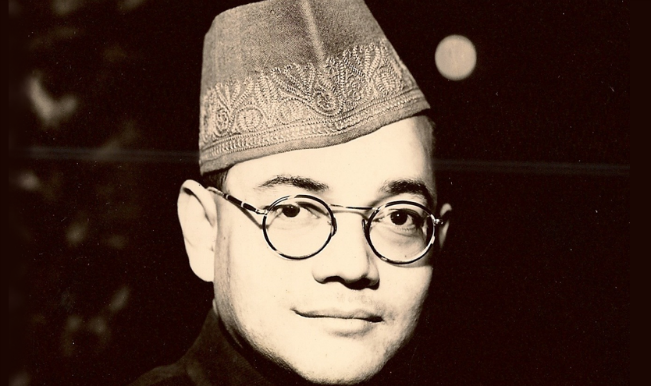It’s been a burning question on everyone’s minds lately and something that has been the ideal certainty in every conspiracy theorist’s mind over the last 70 years. Netaji Subhash Chandra Bose, who went missing after the plane crash on August 18 1945, was one of the most influential leaders India had seen in his time. In a country that was following the non-violence mantra propagated by Mahatma Gandhi and was looking to create an idealistic future under the leadership of Pandit Nehru, Bose’s views were rather communist when it came to forming a government. He was loved in the country despite his aggressive approach to the freedom struggle and remained a highly unpopular figure amongst the congressmen of India. Subsequently, there was tension between Bose and Nehru on more than one issue when the two held talks on national issue of freedom. With speculations doing the rounds pertaining to Nehru spying on Bose’s kin after his apparent death, one can only wonder why Nehru issued such orders, if rumours are to be believed. What were the reasons and what was his concern regarding Netaji’s life.
One thing that would have been a certain concern for the Indian leaders would have been the association of Bose with world leaders like Adolf Hitler, Mussolini and the Japanese emperor; major part of the axis power during the 2nd world war. He was seeking the help of these countries in order to forge a war on the British government with his Indian National Army. He was of the view that India needed a dictatorship for sometime before being granted complete freedom in its hands because after going through the kind of rule that India had gone through, to undergo some economic and social developments at a good pace. He was of a view that India needed a rule that was a center point between Nazism and Communism, which would have been a very thin line to risk on. All these views of Bose alerted more than just a few brains around the country and it might just be one of the reasons why Nehru wanted to make sure that Bose’s ideology didn’t spread through his family or followers, a group that has grown over time like a cult.One of the other reasons may have been the speculations of Bose being alive and living in India under the name of Gumnami Baba, who died in 1985 in Faizabad. Baba was widely regarded as Bose, living under a disguise, after he survived the crash and made his way back to India through Russia. It is said that he lived with a new identity due to him being wanted by the British Government for being a war criminal after World War 2. After the death of Gumnami Baba, all the belongings of the unnamed sage was reviewed and the resulting discovery only made the case more intriguing. The belongings of Baba had collections from Bose’s life and a list of books that would normally not be a part of an average sadhu. Gulliver’s Travels, P.G. Wodehouse’s The Inimitable Jeeves, the scarcely available International Military Tribunal for the Far East, The History of the Freedom Movement in India, The Last Days of the Raj, Moscow’s Shadow Over West Bengal and Solzhenitsyn’s and The Gulag Archipelago were some of the books found in Gumnami Baba’s reading Cabinet — All of them happened to be the kind that bore stark resemblance to Bose’s interest.Another reason why there is so much intrigue surrounding his death is the fact that Bose’s dead body was never presented to the Indians nor his family and the certificate that was provided to Justice Mukherjee — head of the Mukherjee report who was investigating the death of Gumnami Baba and him being Bose in disguise — was dated back to 1988 and was only a Photo Copy. The doctor that signed the certificate and said he couldn’t remember anything due to old age and hence, whether he was the one who treated Bose during the final stages of his life in 1945 is not clear. It is also worth noting that the Mukherjee report stated that ‘Netaji Bose is dead [a safe bet as he would have been 109]. He did not die in the plane crash as Indian folklore has it and the ashes in the Japanese temple in Tokyo [maintained by the Indian government since 1945] are not of Netaji’s. This claim of justice Mukherjee has since been dismissed by the Indian government, who said that the report cannot be believed as it was unreliable. This only went on to increase the ideas about a possible conspiracy on the part of the government towards the life of Netaji.The theories are never going to be put to bed in this case unless the government reveals information of these files on the life of Bose public. Access has been denied by the government, saying that it would put foreign relations and internal harmony under jeopardy — a risk that the government is not willing to take. From an extremist freedom fighter to a cult figure amongst millions of Indians, Subhash Chandra Bose’s life was as mysterious as his death. With an anti-congress government, the followers of Netaji would be wishing for the government to make the hidden secrets of Netaji public.


You must be logged in to post a comment Login